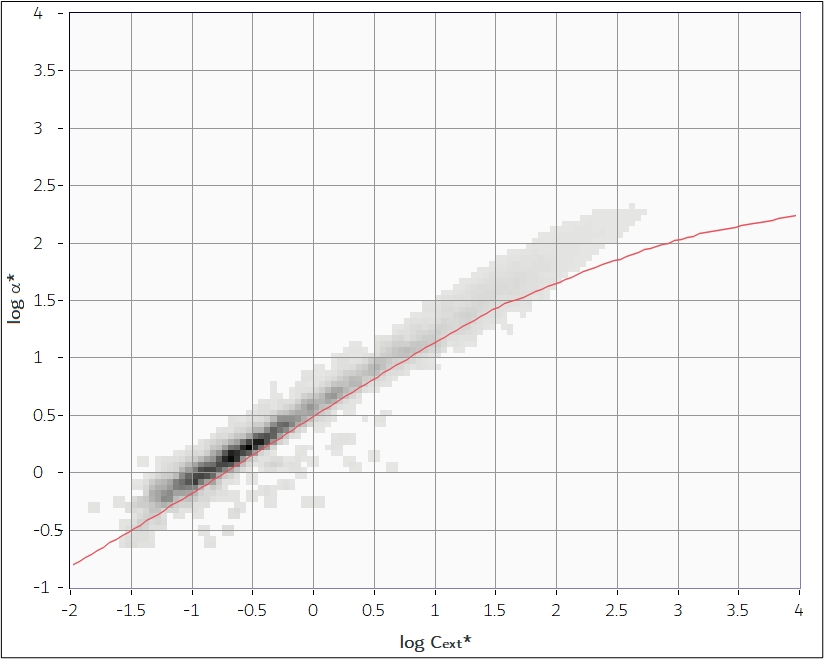Powders and granules are essential raw materials and intermediates in the manufacture of a wide range of products across different industries, including food, agrochemicals and specialty chemicals. The characteristics of these materials can have a direct influence on their processability and hence on the quality and performance of the resulting product.
Classizer™ ONE answers to the demanding request of a non invasive, continuous, trustable monitoring of powder suspension in fluids. Classizer™ ONE measures the particle size distribution, classifies the constituent material, and provides insights on the the particle aspect ratio of the powders, from product development through to manufacture and QC processes. Moreover, the single particle approach prevents from the use of complicate mathematical inversion methods, and immediately enables to measure non spherical sample with high polydispersity.


